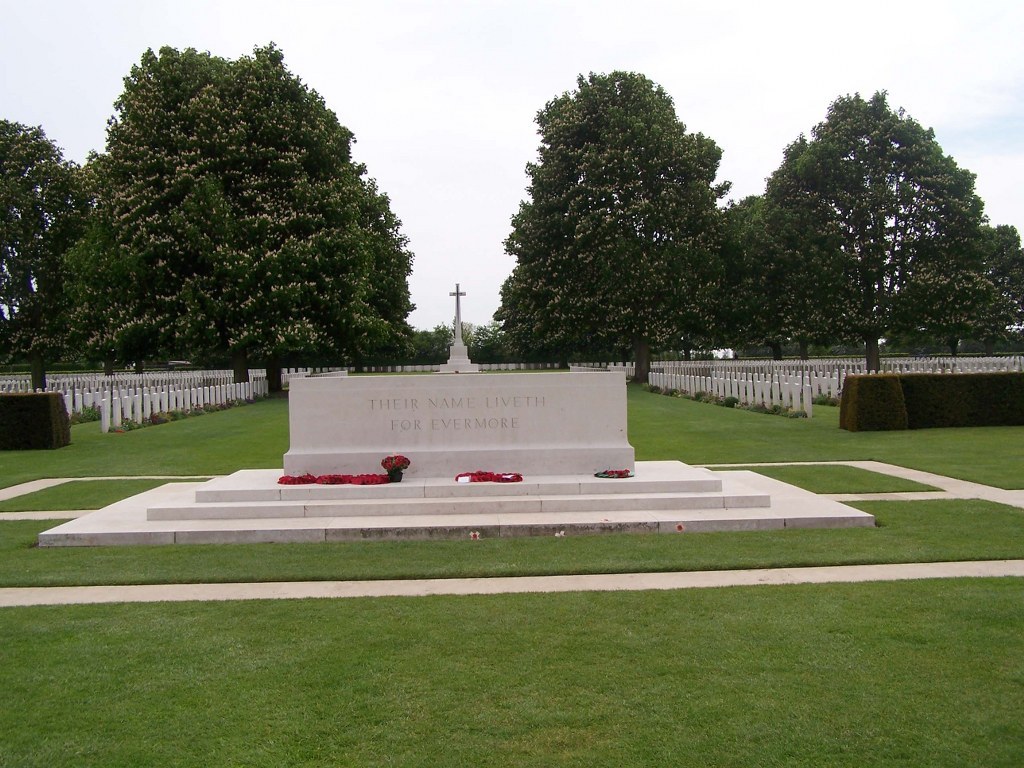James Gregg Towell
Date of birth: 1917
Date of death: 11.6.1944
Area: Brotherton
Regiment: 23rd Airfield Construction Company
Family information: Husband of Edith Towell
Rank: Private
Service number: 3320009
War Service
James Gregg joined the army and was enrolled into the Royal Pioneers as a Private – Service number 3320009.
The Pioneers were a combatant corps, trained to fight but used essentially for light engineering tasks. Pioneer units performed a wide variety of tasks in all theatres of war, handling all types of stores, laying prefabricated track on the beaches and stretcher-bearing. They also worked under Engineer supervision on the construction of harbours, laying pipelines, constructing airfields, roads and erecting bridges.
They were divided into specialist units and attached to various divisions of the army. James was a member of the 23rd Airfield Construction Company.
The Airfield Construction Service was relatively unknown but fulfilled an essential role, both at home or abroad. The construction squads worked relentlessly, building as close to the enemy front line as required, or repairing old fields that had been bombed, deserted or captured. They were trained as part of an experiment by AMWD (Air Ministry Works Directorate) to undertake all elements of airfield construction and had to learn all the skills required of plumbers, carpenters, builders, plasterers, sparks, mechanics and others.
Frequently, they had to use whatever materials were available to make or repair a runway. Their role was to construct a landing strip as quickly and as effectively as possible, so that operational aircraft could be deployed at a moment's notice.
It is not known when James was assigned to the 23rds but what is clear is that his unit was landed in France at the time of or directly after the D-Day landings on 6th June 1944.
After the initial assault on the beaches, the highest priority was given to the task of establishing airstrips for which 11 Pioneer Companies, forming part of the five Airfield Construction Groups, were landed on D-day + 1 and D day + 3. Most of the men were employed in laying track on the runways and on operating technical equipment. Pioneers were clearing the main line of communication through Caen as soon as the town had been captured. All Pioneers landed during the build-up were earmarked for special kinds of work. Those that could not be linked up immediately with their employing services were quickly absorbed on other tasks, mainly on road construction, which represented a very real problem, or in ammunition and petrol dumps.
Whilst engaged in similar work James Gregg was killed on 11th June 1944 on D-day + 5.
He is buried in the Bayeux War Cemetery.
The main landing areas for British troops were Gold Beach and Sword Beach. However, the proximity of Bayeux to the area known as Gold Beach would suggest that James Gregg entered the theatre of war at that location.
Family Life
The association of the Towell’s with Brotherton is explained in some detail in the piece relating to Harold Towell, who, along with Cyril, was brother of James Gregg.
James married Edith Gawthorpe (b 1915) in Pontefract in November 1938. They had 2 children - Kenneth G. (1939-2015) and Jean (1942).
 Bayeaux War Cemetery
Bayeaux War Cemetery

